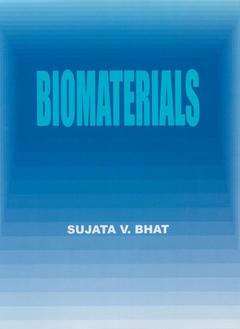Description
Biomaterials, Softcover reprint of the original 1st ed. 2002
Coordinator: Bhat S.V.
Language: English
Subjects for Biomaterials:
Keywords
Biomaterial; Polysaccharid; Tissue Engineering; blood vessel; bone; cardiovascular; cells; medical devices; surgery; tissue
Publication date: 08-2014
265 p. · 17.8x25.4 cm · Paperback
Publication date: 06-2002
250 p. · 23.4x15.6 cm · Hardback
Description
/li>Contents
/li>
As biomaterials are used in medical devices, meeting needs in such diverse surgical disciplines as ophthalmology, cardiology, neuromuscular surgery, orthopaedics, dentistry, etc., they must have intimate contact with patient's tissue or body fluids, providing a real physical interface which seriously restricts developments.
This book is written for those who would like to advance their knowledge of biomaterials. The subject matter of the book is divided into twelve chapters dealing with the structure and relationship of biological and man-made biomaterials. The application of these materials for various medical devices, and recent developments in tissue engineering, are also discussed.
These books may interest you

Biomaterials 83.89 €



